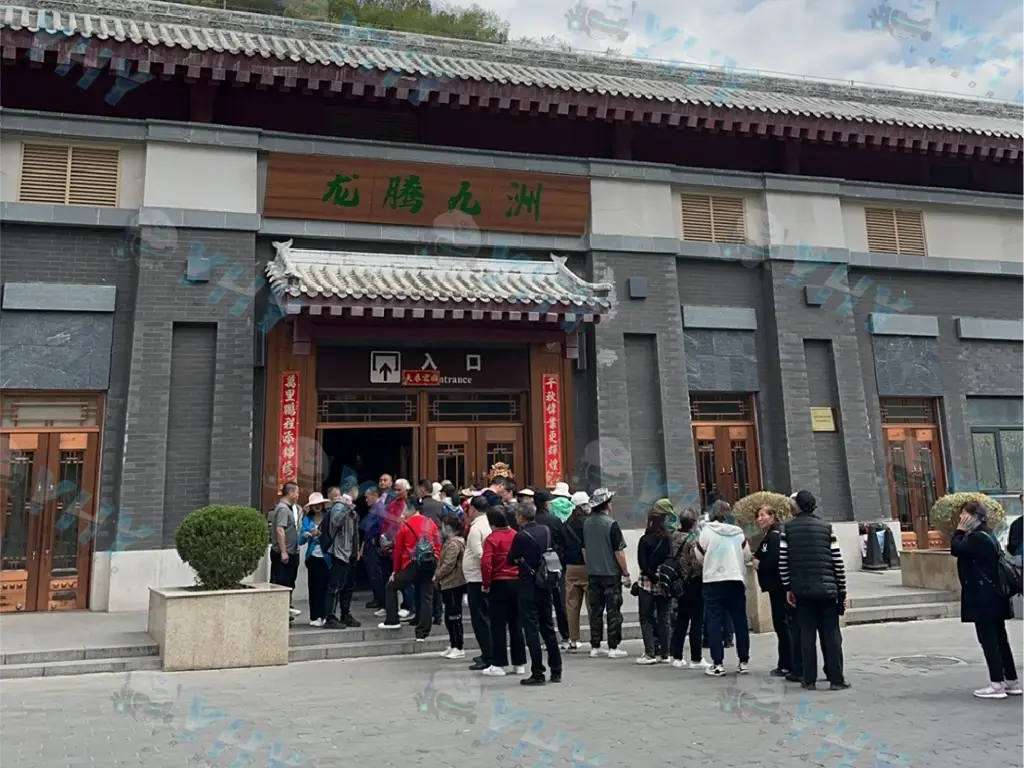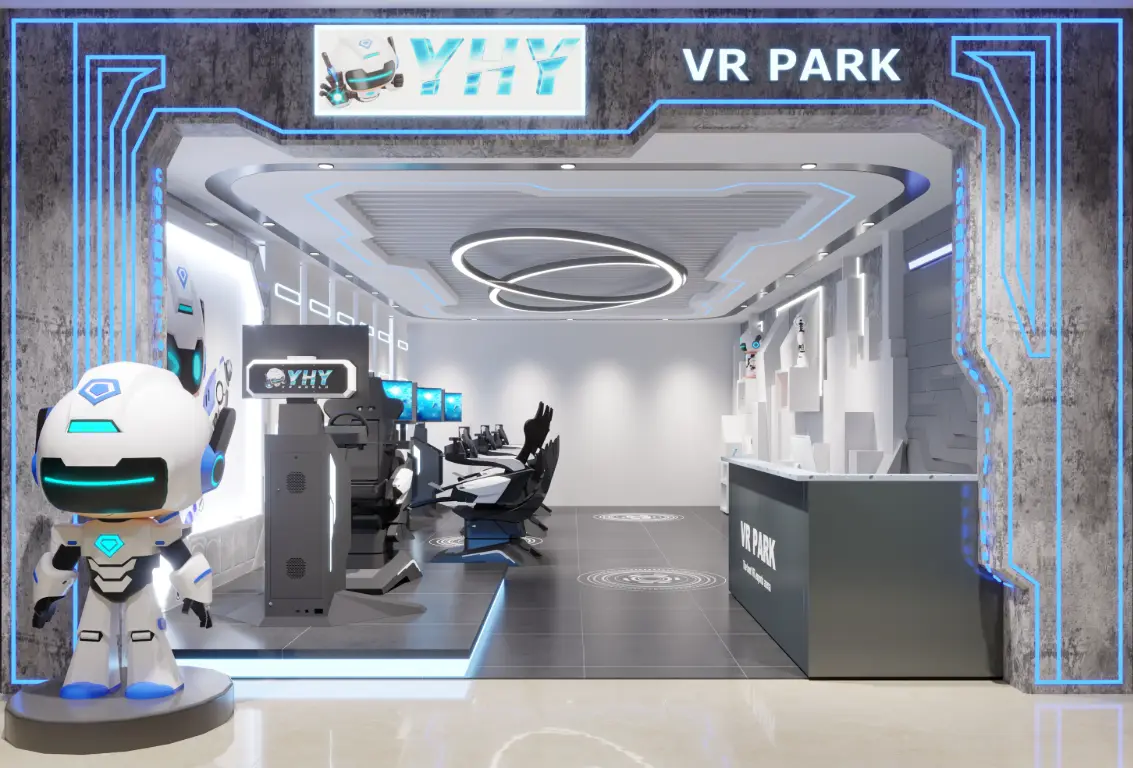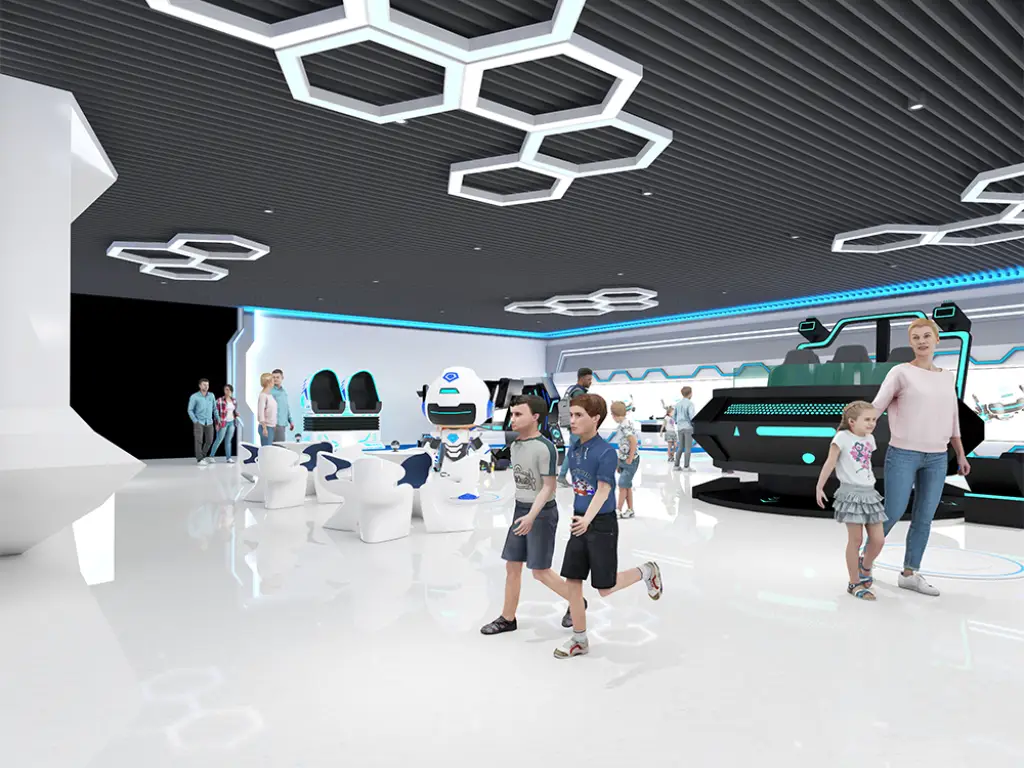Virtual reality (VR) arcades are on the rise. As immersive entertainment becomes more mainstream, entrepreneurs and venue owners are starting to see the potential of investing in VR experiences. But before launching your own VR arcade, it’s essential to understand the startup costs involved—especially if you’re working with a smaller space or a limited budget.
In this guide, we’ll walk you through a comprehensive breakdown of VR arcade startup costs, cost-driving factors, ways to improve ROI, and how small-scale arcade owners can get started with practical, affordable solutions.
Why VR Arcades Are Gaining Popularity
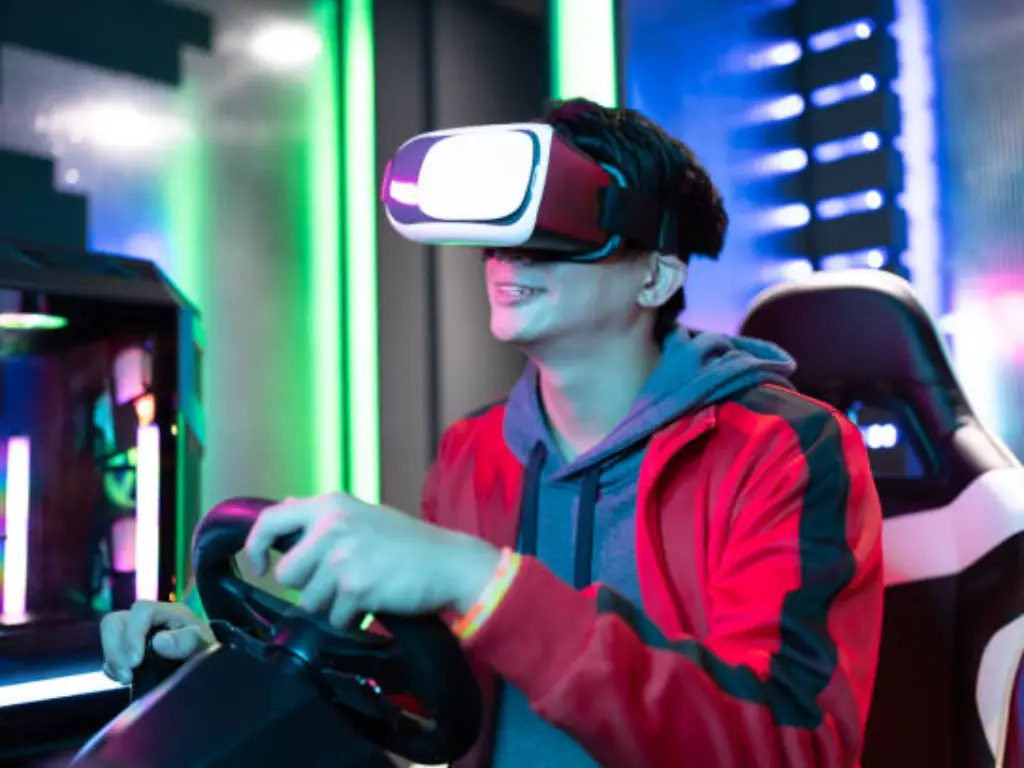
The global VR gaming market has seen rapid growth over the last few years, driven by technological advancements, decreasing hardware costs, and a growing appetite for unique experiences.
According to market research on location-based VR experiences, the global VR gaming industry is projected to grow significantly in the coming years, with location-based entertainment (LBE) VR becoming a key revenue driver—especially in Asia and North America.
Key reasons for the rise of VR arcades include:
- Accessibility: Not everyone can afford a VR setup at home.
- Social Experience: Multiplayer VR experiences in arcades offer shared excitement.
- Turnkey Entertainment: No setup hassle for customers—just play and enjoy.
- Diverse Content: From racing to zombie shooters to educational adventures.
As the barriers to entry continue to lower, now is a strategic time to enter the market—especially with the right knowledge of how much it costs to get started.
Startup Cost Overview: What You Should Expect to Spend
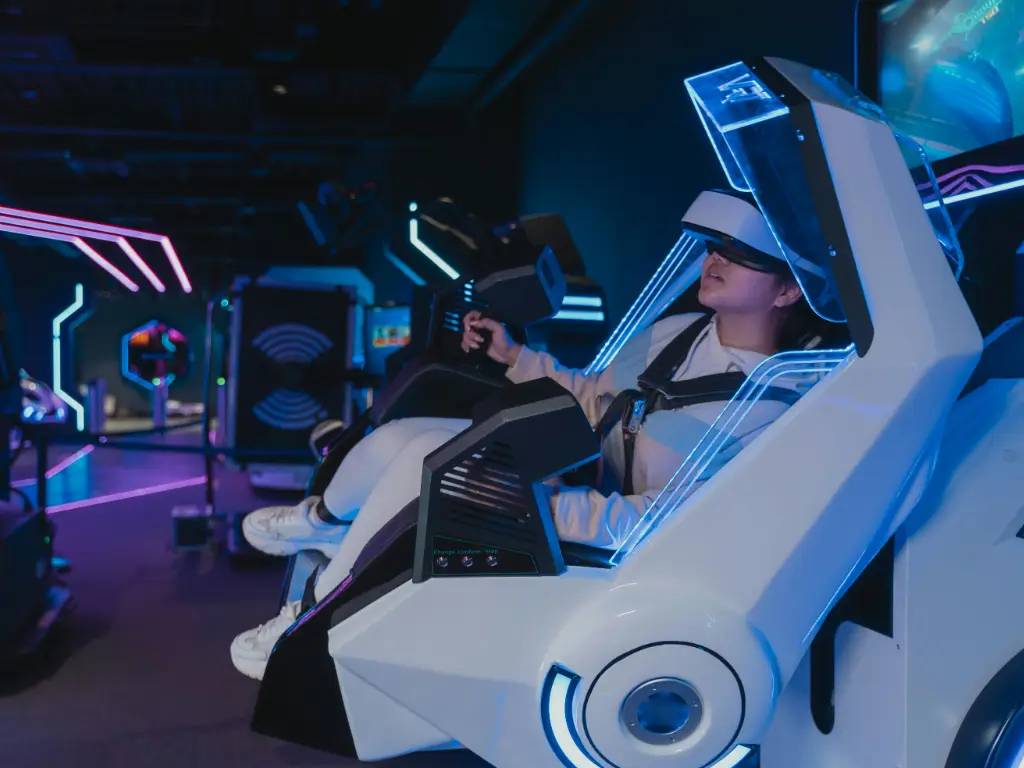
Launching a small VR arcade requires upfront investment across several key areas. While actual figures vary by location and scale, here’s a quick breakdown of typical startup costs for a 30–60 square meter setup:
| Cost Component | Estimated Cost (USD) |
| VR Motion Equipment | $10,000 – $30,000 |
| Venue Rental & Renovation | $3,000 – $8,000 |
| Software & Game Licensing | $2,000 – $5,000 |
| Marketing & Branding | $1,500 – $4,000 |
| Staff Training & Operations | $2,000 – $6,000 |
| Miscellaneous & Contingency | $2,500 – $7,000 |
| Total Estimate | $21,000 – $60,000 |
Note: These estimates are based on industry averages and manufacturer data from real-world small-scale VR arcade setups.
This overview provides a solid foundation for planning your investment. In the next section, we’ll explore each cost component in more detail to help you budget wisely.
Key Cost Components You Need to Budget For
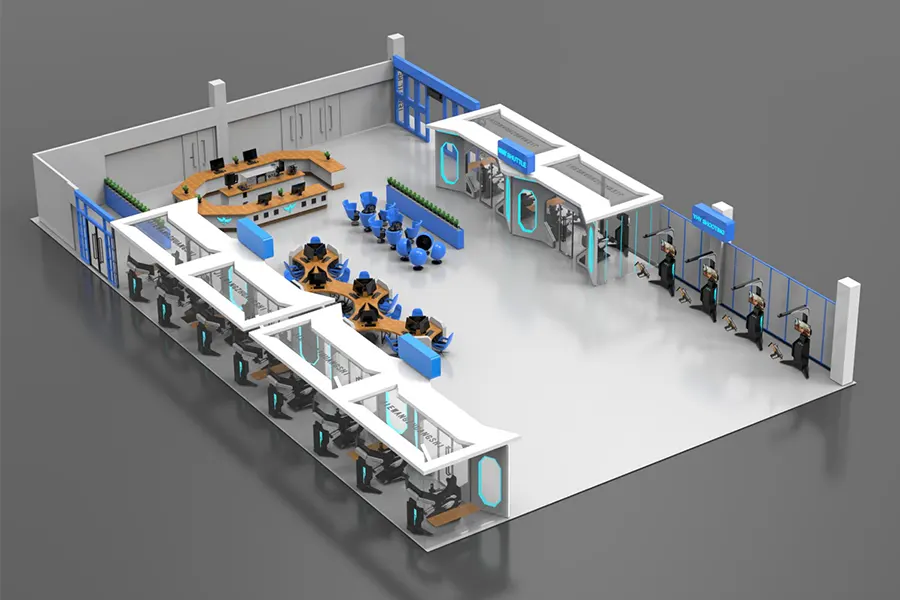
Each element of your VR arcade’s startup budget plays a vital role in your overall success. Here’s a breakdown of the key components:
1. VR Motion Equipment ($10,000 – $30,000)
This is your core investment. While standalone VR headsets are cheaper, motion-based simulators such as 3DOF or 6DOF platforms offer immersive experiences that command higher ticket prices and better customer retention. A single unit may cost $8,000 to $20,000 depending on the model, display integration, and supported content.
2. Venue Rental & Renovation ($3,000 – $8,000)
Leasing a 40–60㎡ indoor space typically comes with upfront costs like deposits, basic renovations, lighting, and branding decor. Costs vary widely by city and whether it’s in a mall, street-level shop, or entertainment center.
3. Software & Game Licensing ($2,000 – $5,000)
VR content licensing is essential, as most games require commercial rights. Options include per-title licenses or monthly subscriptions through platforms like SpringboardVR or proprietary libraries from your equipment provider.
4. Marketing & Branding ($1,500 – $4,000)
A strong opening campaign is critical. Budget for digital ads, flyers, influencer outreach, and possibly a website. Local visibility is key in the first 60 days.
5. Staff Training & Operations ($2,000 – $6,000)
You’ll need at least 1–2 staff for daily operations. Include wages, uniform, hygiene tools, and training manuals—especially for simulator safety and customer handling.
6. Miscellaneous & Contingency ($2,500 – $7,000)
Always allow for unexpected expenses: business licenses, insurance, Wi-Fi setup, air conditioning, backup headsets, or small furniture like benches or lockers.
These figures are general estimates based on current market benchmarks. For a customized VR arcade solutions tailored to your space and budget, feel free to contact us directly.
Factors That Influence the Total Startup Cost
Your final startup budget depends on more than just how much equipment you buy. These six key factors often determine whether your VR arcade setup falls on the lower or higher end of the cost spectrum:
Location
Geography directly affects both rental and renovation costs. Setting up in a high-traffic urban area—like downtown Tokyo, New York, or London—means higher monthly rent and stricter construction codes. For example, leasing a 50㎡ space in central Los Angeles may cost $5,000/month, while the same space in a secondary city like Austin or Bangkok might be under $2,000. Utilities, insurance, and business license fees also vary by region.
Number of Simulators
The more VR stations or motion simulators you install, the higher the upfront cost. Each unit requires floor space, electricity, and cooling infrastructure. Adding extra simulators can also increase licensing fees, training requirements, and maintenance complexity.
Type of Experience
Static VR headset stations (e.g., Quest-based) are cheaper to deploy, but they offer limited immersion. In contrast, motion-based simulators provide higher entertainment value, but come with added hardware, software integration, and safety feature costs. These systems may also require reinforced flooring and operator supervision.
VR Platform and Licensing Model
Your choice of platform affects both startup and ongoing costs. Pay-per-minute platforms like SpringboardVR require monthly fees and session tracking, while buying game licenses outright involves a larger upfront investment but lower long-term expenses.
Customization
Adding brand-specific visuals, themed interiors, or multilingual content can enhance customer experience—but also increases design, software, and labor costs. Custom controllers, UI modifications, or content localization often require specialized developers.
Technology Support and Maintenance
Ongoing tech support is essential for minimizing downtime. Some VR equipment manufacturer like YHY offers free updates and support; others charge annual maintenance fees. Reliable support can prevent costly interruptions, but you’ll need to budget for it upfront or as part of your service contract.
How the Right VR Motion Equipment Can Boost Profitability
Choosing the right mix of VR motion equipment is essential for maximizing both user engagement and revenue per square meter. Below are three scalable solutions we offer, each tailored to different space requirements and experience preferences.
Scheme 1: High-Efficiency Setup (20㎡)
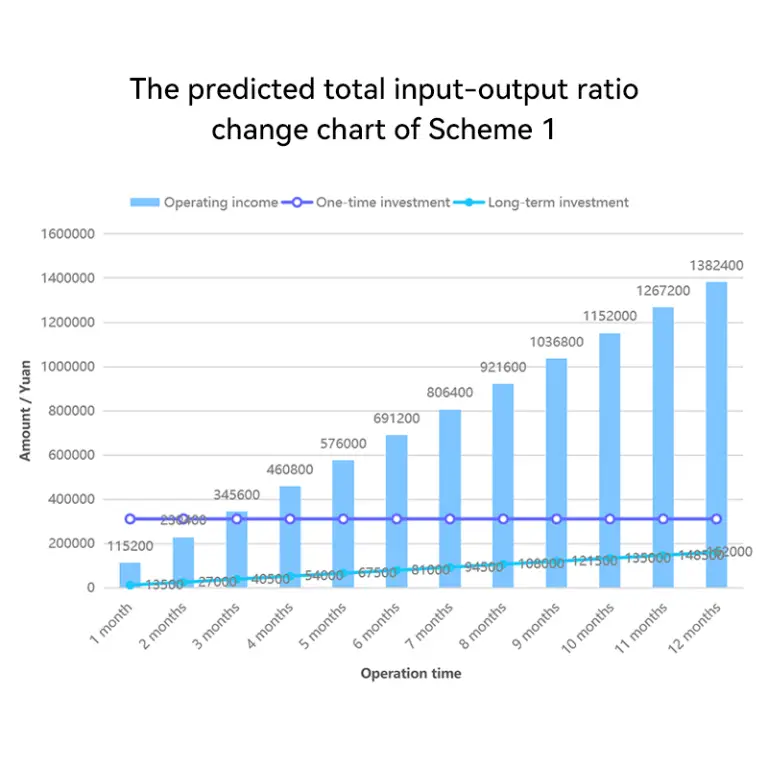
This compact 20㎡ layout features 4 flight simulators and 4 triple-screen racing simulators. Designed for high turnover and immersive play, it supports fast-paced experiences that attract repeat visitors. Ideal for malls or small arcades seeking a balanced offering of air and ground simulations.
Scheme 2: Action-Focused Setup (20㎡)
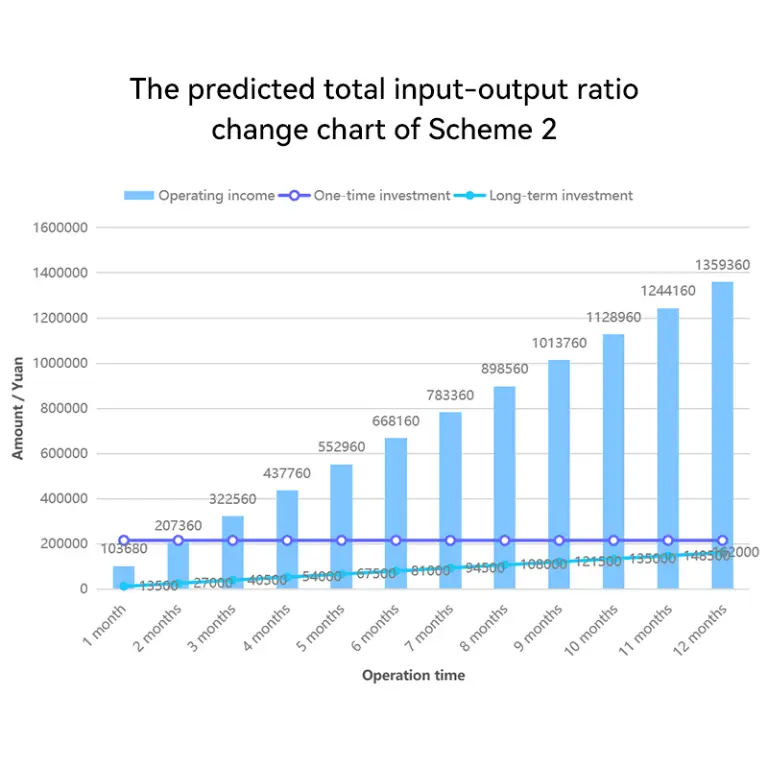
Also occupying 20㎡, this setup combines 4 gun battle simulators with 4 crossing motion simulators. It’s optimized for action-seeking audiences who enjoy story-based VR adventures, tactical shooting, and exploratory content. A strong choice for family centers or entertainment zones with younger demographics.
Scheme 3: Full-Experience Arena (40㎡)
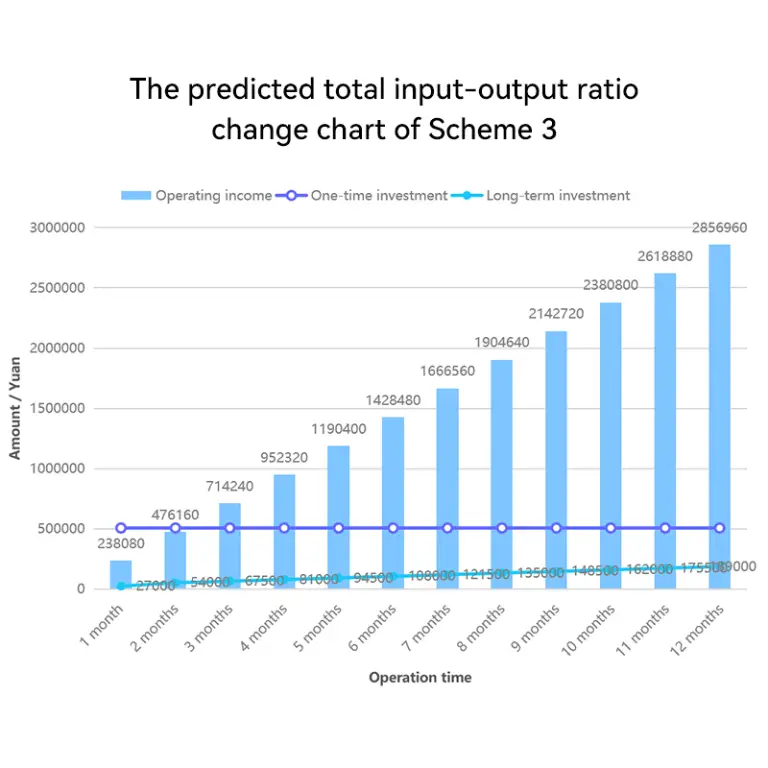
Spanning 40㎡, this flagship layout includes all 16 simulators: 4 flight simulators, 4 triple-screen racing simulators, 4 gun battle simulators, and 4 crossing motion simulators. This full-spectrum experience appeals to a broad customer base and enables multiple revenue streams. Ideal for dedicated VR arcades, amusement parks, or large-format events.
Next, let’s dive deeper into a detailed budget plan tailored specifically for this 40㎡ small VR arcade setup, helping you understand the investment and potential returns.
Our Budget Plans for Small VR Arcade
Below is a detailed profitability blueprint comparing YHY’s 40㎡ VR Theme Park setup with a traditional 100㎡ VR park. The comparison highlights key advantages in space efficiency, device count, staffing, costs, and revenue potential.
| Classification | YHY’s VR Park (40㎡) | VS Results | Traditional VR Park (100㎡) |
| Area | 40㎡ | -60% smaller | 100㎡ |
| Total Devices | 16 units | +100% (2x more devices) | 8 units |
| Total Seats | 16 | +45.5% more seats | 11 |
| Approx Budget for Devices | $59,135.86 | -$1,664 (-2.74% cost reduction) | $60,800 |
| Labour Budget | 1 Tech Engineer, 1 Receptionist | -50% fewer staff | 1 Tech Engineer, 1 Receptionist, 2 Operators |
| Labor Cost / Month | $965 | -50% lower cost | $1,930 |
| Venue Rental ($69/㎡) | $2,760 | 60% cost savings | $6,900 |
| Turnover / Year | $1,152,000 | +$360,000 (+45.5% higher revenue) | $792,000 |
Revenue Breakdown (Monthly and Annual)
| Item | Traditional VR Park | YHY’s VR Park |
| Total Seats | 11 | 16 |
| Rides per Seat per Hour (approx.) | 10 | 10 |
| Ride Duration | ~4 minutes | ~4 minutes |
| Ticket Price per Ride | $5.00 | $5.00 |
| Monthly Turnover | 11 × 10 × 4 × $5 × 30 ≈ $66,000 | 16 × 10 × 4 × $5 × 30 ≈ $96,000 |
| Annual Turnover | $66,000 × 12 = $792,000 | $96,000 × 12 = $1,152,000 |
This plan provides a turnkey VR experience that can be operational within 30–45 days and is fully customizable depending on your needs.
We offer consultation, design layout assistance, and localized content support. Contact us to get a tailored VR arcade plan based on your city, budget, and expected foot traffic.
Final Thoughts: How to Plan Your Budget Wisely
Starting a VR arcade is no longer reserved for big theme parks or tech investors. With smart planning, the right equipment, and a focused audience, small venues can thrive.
Here are key takeaways:
- Start with 8 motion simulators if you have limited space and budget.
- Focus on quality over quantity—immersive experiences justify higher prices.
- Don’t skip marketing—your location and digital presence are crucial.
- Choose manufacturers who offer support beyond the sale, including software updates and technical training.
At YHY VR, we help entrepreneurs turn 40 sqm into high-performance, high-revenue attractions. Our plug-and-play simulators are optimized for indoor arcades, FECs, shopping centers, and educational venues.
Ready to build your VR arcade? Let us help you design a profitable setup that fits your budget and delivers unforgettable experiences.

